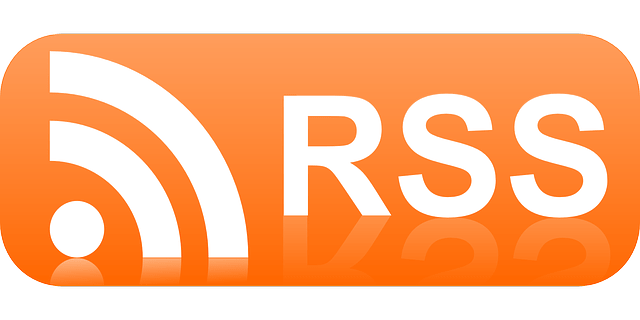If you get your news via social media, have you heard of RSS?
Don’t rely on social media for your news!
About 30% of Australians get their news primarily from Facebook. If you one of those, have you heard about a powerful news-gathering technology called RSS?
What is the problem?
In the past, if you want to keep up to date on the various news websites, you need to go to each one of them individually. As you can imagine, with so many websites on the Internet, keeping track of all their updates is a nightmare.
For most people, the most convenient solution is to subscribe to all these news updates via news publishers’ Facebook page. It is certainly very convenient to get all your news updates in a single location: your Facebook feed.
The problem with this solution is that Facebook controls the news you see. Although Facebook will claim that their algorithm filters the news you see in order to ‘help’ you ‘control’ information overload, the reality is they are doing that to serve their best interests. Their self-serving strategy is to:
Use news filtering as a means to artificially restrict the reach of each news post. Then publishers have to pay to ‘boost’ the reach of their post.
Filter news in such a way to make you spend as much time as possible on Facebook. The side-effect is, as I wrote in the Google Trap,
Over time, their algorithms will learn to present only information that we like and prefer. Hence, we only get to see information that panders to our bias. This positive feedback loop has the effect of narrowing our worldview, mindset, thinking and attitudes further.
Excerpt From: Terence Kam. “The Google Trap: How Internet Aggregators Enrich the 1%, Impoverish Creative People and Threaten to Decimate the Middle-Class.”
That’s why conspiracy theories and misinformation proliferate on Facebook. The side-effect of their business strategy encourages it to happen. Not only that, several years ago, Facebook ran a little experiment just to see how they can manipulate people through the Facebook feed they see.
So, if you want to be the master of your own destiny, you should never get your news via social media. If you do so, you are ceding control of your perception of the world and emotions to Big Tech and open yourself to manipulation.
To do that, you need to use a little-known technology called “RSS”. It is a shame that not many people even heard of this technology, even though it had been in existence since before Facebook existed.
So, how do RSS works?
RSS stands for “Really Simple Syndication”. Basically, what it does is to periodically go to the various news publishers, blogs, websites, etc, and collate all the updates in one place and distribute them according to folders that you define. It can also sort them according to dates for you. All you need is to go to one place- your RSS feed reader (sometimes called ‘news reader or aggregator’), to get all the updates. The RSS feed reader also helps you to keep track of which individual news article in your RSS feed that you have read, just like emails. If there is too much of them, you can easily clear out an entire RSS feed folder. Or you can instruct your RSS feed reader to ignore news update that is too old.
Basically, RSS technology is designed to serve you. You decide what you want to see, according to your own terms and control.
Most news websites co-publish an XML document on their websites that talks to the RSS feed reader. Each time they publish a new article, they update the XML document. That’s how the RSS feed reader knows about newly published articles to be added to your RSS feeds. For example, you can see Sydney Morning Hearld’s XML documents for RSS feed reader here.
The standard symbol for RSS is this:
Which RSS feed reader software?
There are lots of RSS feed reader software in the market:
Feedly (Web, iOS, Android) for providing every feature you might ever need
NewsBlur (Web, Self-Hosted Web, iOS, Android) for filtering out content you’re less interested in
Inoreader (Web, iOS, Android, Windows Phone) for free searching and saving your content long-term
The Old Reader (Web) for sharing content with friends and getting recommendations
Bloglovin’ (Web, iOS, Android) for discovering popular lifestyle content
Netvibes (Web) for marketers who want to monitor their brands and industry
FlowReader (Web) for combining your RSS and social feeds
Feedreader (Web) for no-frills feed reading
Feeder (Web, Chrome, Firefox, Safari, Yandex, iOS, Android) for viewing your RSS feeds on any device
Selfoss (Self-Hosted Web, Third-Party iOS and Android) for customizing your RSS reader
If you have no time to evaluate all of them, just use Feedly. If you do not want to see advertisements, I would suggest you upgrade to a paid version of their software. They have apps for iOS, iPadOS, Android and macOS. The software also works on a standard web-browser.
So, take control of your what you see! Don’t rely on social media for your news!




